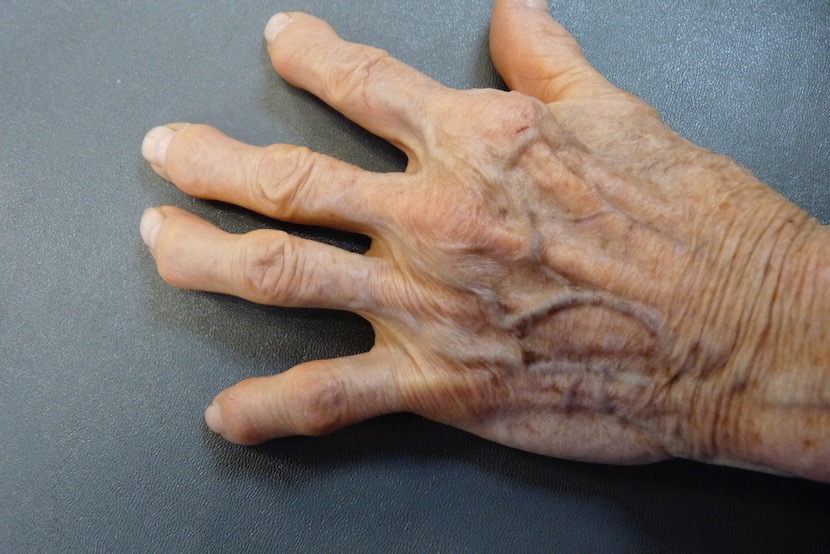
A question that comes up a lot in discussions of therapy is that of touch — when, if at all, is it appropriate for a therapist to touch a patient? As you might imagine, this is a complex subject.
Setting aside for the moment entirely justified concerns about issues of sexual misconduct in therapy, let’s look at the common desire of patients for a hug or a pat on the back or some other reassuring gesture from the therapist. There is much more involved in such transactions than first meets the eye.
Back in the 70’s and early 80’s when I was much newer in practice, it was common for therapists to hug patients, an outgrowth, I suppose, of the whole encounter group movement and the idea that hugging and touching, because it felt “natural” was a good thing. But cooler heads looked more deeply at the issue and their thoughts on the issue led me to become more thoughtful about hugging and touch.
A hug is a feeling that is acted out, regardless of whether it is initiated by patient or therapist. The same is true of a pat on the back or grasping the hand. And emotion acted out becomes less available for understanding. The purpose of therapy is in part to make what is unconscious conscious — a task that of course is never completed — and that means forgoing certain automatic, “natural” behaviors and gestures in order to understand the feelings and beliefs which underlie them.
At the end of a difficult session, the patient indicates she would like a hug and the therapist complies. What does this mean? Is the patient asking “Do you love me?” or saying “please take care of me”? We have no idea because the feelings did not become words, they became action. And what does the hug from the therapist mean — “sorry you are hurting” ? Something else? Who knows?
So a strict frame around touch puts physical contact between therapist and patient out of bounds, except perhaps for a handshake, more commonly a part of process in Europe than in the US, I believe. Certainly this has the effect of drastically reducing the likelihood of improper physical contact if the dictum is adhered to. Beyond that, it reinforces the emphasis on putting feelings into words. So the patient asks for a hug and the therapist says, “I think it would be a good idea to talk about what you are feeling when you ask me that” as a means to underline the basic task of therapy and to support the acceptance of all thoughts and feelings expressed in words. In my experience these requests almost always come at the very end of a session or even at the door when there isn’t time to look at and process what is happening. The therapist is now in bind – whether to just give the hug knowing that the meaning is passing by unexamined or to decline knowing this may well feel like a rejection to the patient. There is a thin line to walk here between supporting the “real” relationship and adhering to the frame of the therapy. Yeah, I know, this is starting to feel convoluted and it can be, especially to less experienced therapists.
It can be a difficult task to work through those feelings of being denied much desired contact with the therapist. It is important for the therapist to be able to bear the fact that the boundaries of therapy can and do create discomfort and can and do interfere with otherwise normal and natural behaviors because to do otherwise is to leave unanalyzed significant feelings and desires and to open the door to the possibility of escalating demands and possible problematic behavior.
There are times when even well thought out rules should be set aside. We therapists must not let ordinary human concerns and feelings always yield to frame and what we believe are rules. Therapy is after all a relationship. I think of the day a patient told me she had been diagnosed with a fatal illness. We spent many sessions afterwards talking about her feelings but in that first moment, I did place my hand on hers as I expressed my sorrow about her difficult and painful news. In the strictest terms, I violated that rule. I was aware that it would be important to talk about that moment and we did. The key was that I was conscious of that necessity and was prepared to and welcomed talking about it.
See, it is not as simple as it seems. At the very least it seems to me to be good practice to talk about the issue of hugs and touch at the outset of therapy so that there is time and room to talk about it and explore feelings.











